
Community
National Highways launches a new campaign to reduce tailgating and lane-hogging
2 years ago
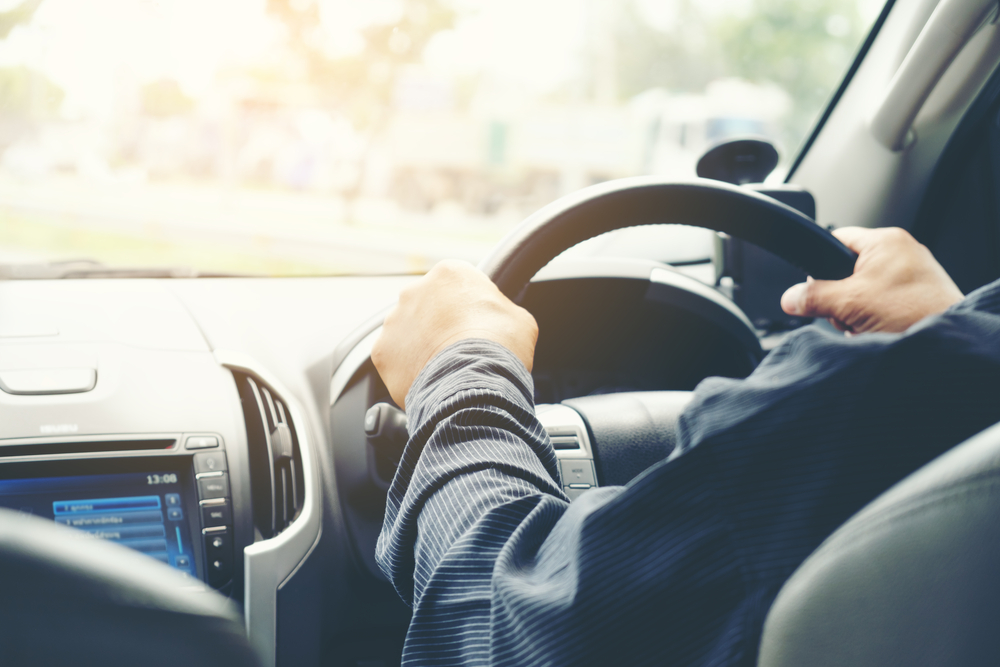
One in three drivers have admitted to middle lane hogging while one in four have been guilty of tailgating on some of the nation’s fastest roads, figures released by National Highways reveal.
The survey findings – released today (Friday 8 March) as National Highways launches a new campaign – show lane hogging was among the most likely behaviours to cause motorists and riders to feel frustrated, while tailgating was among the most likely to make them feel anxious, stressed or unsafe.
The campaign is urging drivers to carefully consider their driving habits – as little changes can change everything.
According to the survey, carried out by Ipsos UK on behalf of National Highways, nearly a third (32%) of drivers admitted to lane hogging at least occasionally while driving on England’s motorways and major A roads.
When thinking about their most recent journey, around a third (34%) of those responding noticed middle lane hogging, and many of them reported that it made them feel frustrated or angry.
Meanwhile almost seven in ten adults in England (67%) said close following, or tailgating, is a serious problem on these types of roads.
The survey of 2,500 adults, aged 16-75, also revealed nearly a quarter (23%) of drivers admitted to tailgating at least occasionally.
Nearly three quarters (73%) of people said that if they personally were to drive too close to the vehicle in front, this would be likely to cause an accident. Around the same proportion (75%) said that if other drivers drive too close to their car, this would be likely to cause an accident.
Lane hogging and tailgating both fall under the offence of careless driving with police officers having the power to hand out on-the-spot fines of £100 and three penalty points, meaning failing to keep left on the motorway and close following could hit people in the pocket.
The new campaign – carrying the slogan ‘little changes, change everything’ – will feature on radio and television adverts, podcasts, roadside billboards, posters at motorway service stations, retails parks and petrol stations, and on social media.
National Highways Director of Road Safety Sheena Hague said:
“Bad habits can make driving on our motorways a challenging experience, as those who lane hog or tailgate frustrate other drivers and make them feel unsafe. Both are dangerous and can cause accidents.
“Our campaign aims to motivate motorists to embrace little changes, which will have an overall positive effect on both them and their fellow road users, reduce congestion and keep traffic flowing.
“The message is simple – always allow plenty of room between you and the vehicle in front, and unless overtaking move into the left-hand lane.”
Roads Minister Guy Opperman said:
“This Government is on the side of drivers and is listening to their concerns. That’s why this campaign, as part of our Plan for Drivers, aims to tackle middle lane hogging and tailgating, which are not only irritating but dangerous too.”
Lane hogging can disrupt the flow of traffic leading to congestion and cause frustration to other road users. It can also lead to other drivers undertaking.
The middle lane should be used for overtaking, letting traffic onto the road, and when traffic conditions do not allow for driving in the left lane.
When traffic conditions allow, people should drive in the left-hand lane and if overtaking should return to the left-hand lane when it is safe to do so.
When it comes to close following, the Highway Code says drivers should “allow at least a two second gap between you and the vehicle in front on roads carrying faster moving traffic”. The two seconds are made up of the time needed for thinking and stopping. And when it’s raining drivers need to at least double that gap.



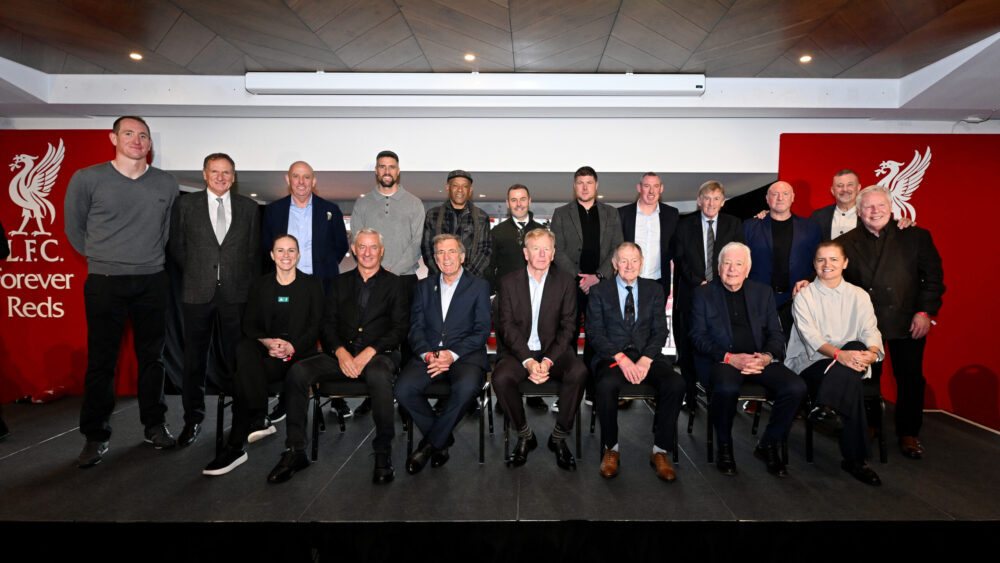

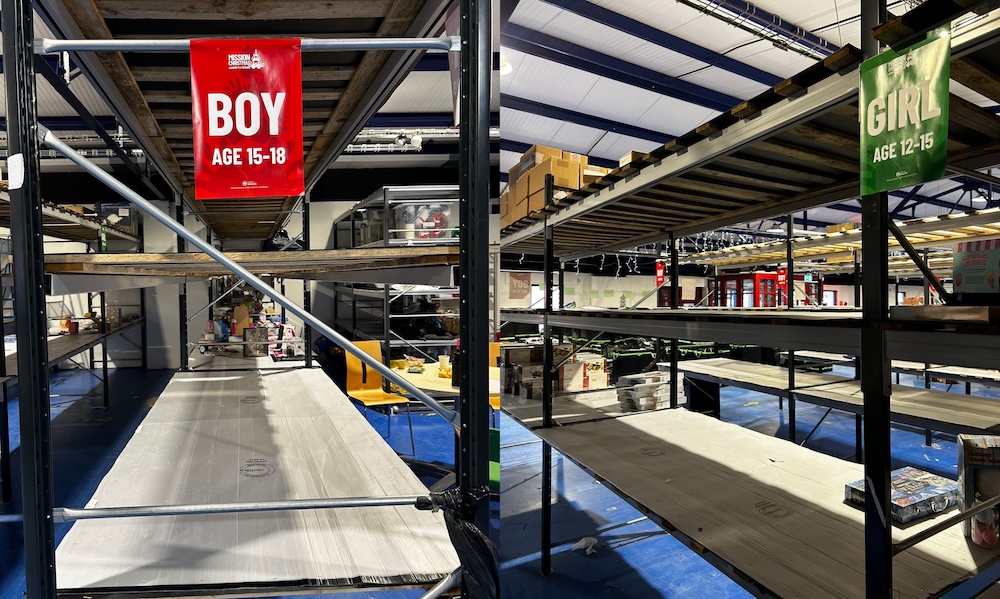
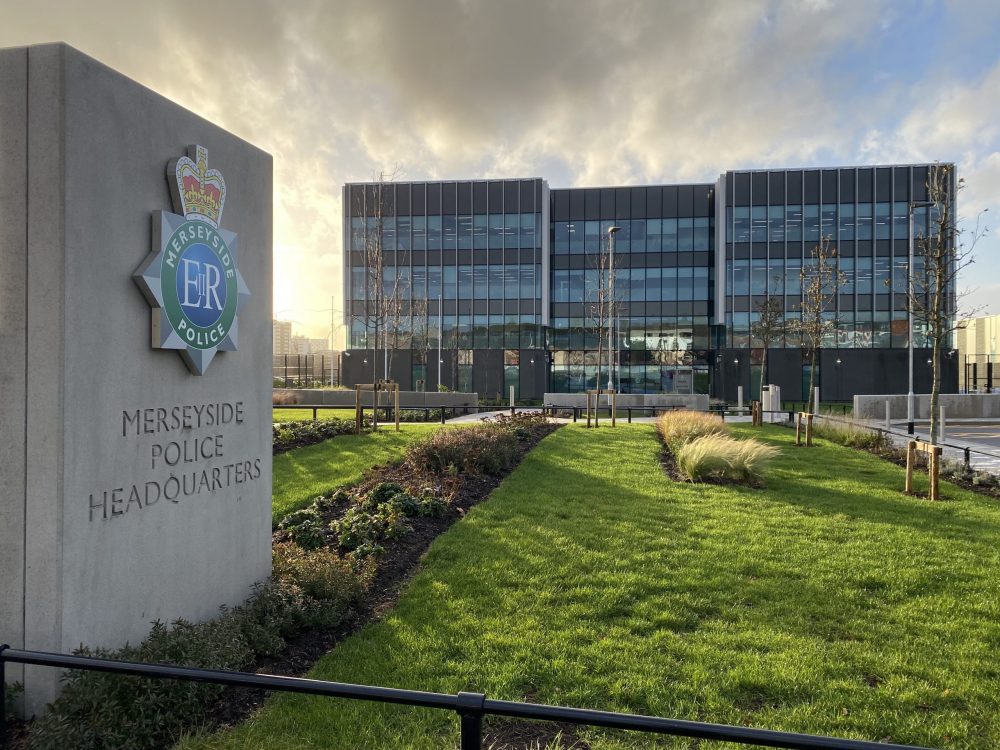

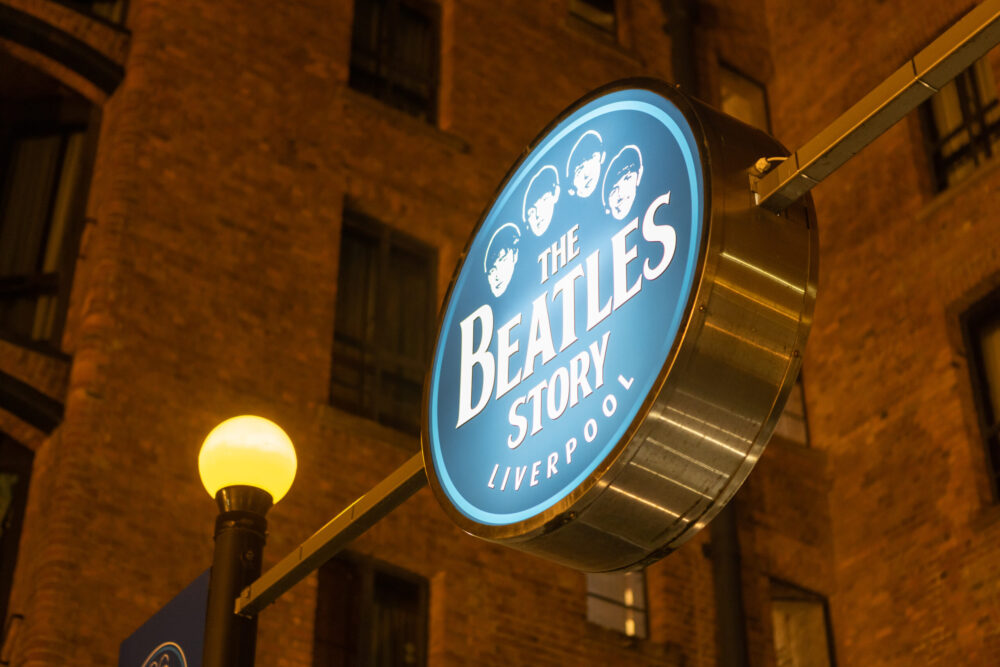
 Subscribe
Subscribe Follow Us
Follow Us Follow Us
Follow Us Follow Us
Follow Us Follow Us
Follow Us Follow Us
Follow Us











